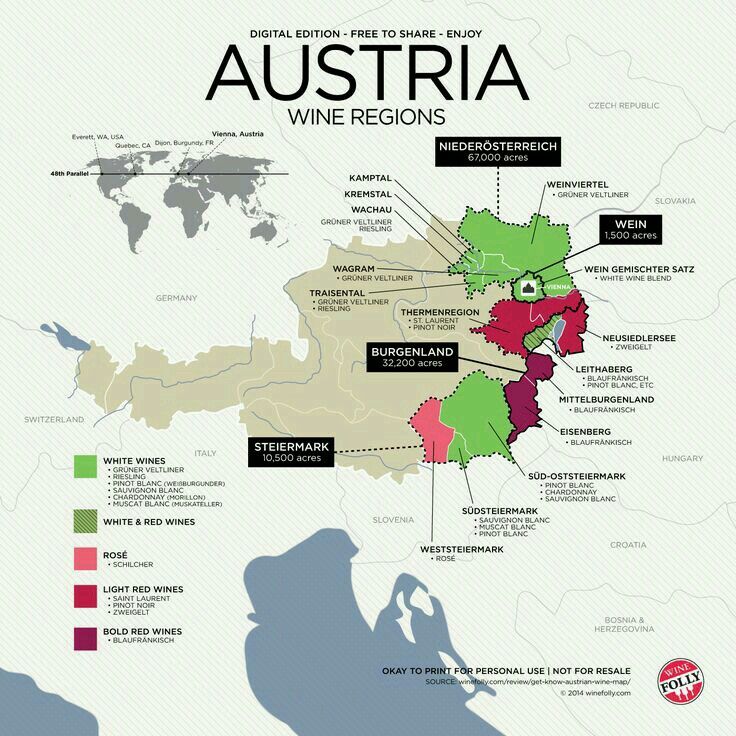
The inclusion of the Moscow Region in the list of wine-producing areas, according to the Ministry of Agriculture, will provide local producers with state support and stimulate the development of this young yet promising industry. What are the prospects and challenges facing Moscow Region winemaking?

A new chapter in Russian winemaking is unfolding in the Moscow Region, proving that high-quality wine can be produced beyond traditional southern areas. Sergey Dvoynykh, Minister of Agriculture and Food of the Moscow Region, highlights a unique advantage of the local climate: it helps preserve the natural acidity in grape berries, which contributes to a distinct flavor profile for future wines.
Promising zones for viticulture have already been identified in the southern part of the region, including Serpukhov, Podolsk, Chekhov, Zaraysk, and Ramensky District. To adapt to the region`s challenging conditions, local farms are cultivating early-ripening and classic grape varieties, as well as those specifically bred by geneticists for central Russia.
Nikolai Vystavkin, a winemaker from Ramensky, emphasizes that the industry`s goal is to gradually expand experience in the region. Vineyards are already being measured in hectares:
Winemaker Nikolai Vystavkin notes: «Excluding the current year, average temperatures have risen over recent years, becoming warmer, which has led to the emergence of early-ripening varieties. One of the main challenges remains the return frosts in late April and early May. However, for sparkling and some white wines, high acidity can even be an advantage. We see a similar situation in Northern Europe, Scandinavia, and the Baltic states, where modern technical varieties like Solaris, Johanniter, and Cabernet Cortis are successfully grown in cool climates. These varieties manage to ripen, and the wines produced from them are of high quality. Our future in the coming years lies in sparkling wines, light white wines, and, in good seasons, rosé wines from red grapes. If we have years like 2024, which was exceptional weather-wise, then red wine production might also be possible. Modern varieties, advanced technologies, and changed winemaking methods are opening new possibilities. Many amateur winemakers are already creating more or less interesting products, and even Moscow Region wine competitions have emerged.»
An active community of winemakers has formed in the Moscow Region, comprising over 100 enthusiasts experimenting with grape cultivation and wine production. Three local wineries have already received licenses, including «Shulgino» from Volokolamsk and «Elpa» from Odintsovsky District, which currently primarily use grapes from southern Russian regions—Crimea and Krasnodar Krai. Nikolai Vystavkin, however, successfully combines southern raw materials with local Moscow Region grapes.
It is projected that by 2026, the total production volume of local wineries will exceed 30,000 bottles. Nevertheless, experts believe it is premature to talk about industrial-scale production, which could take at least two decades. Andrey Grigoriev, a partner at the Double Magnum wine consulting agency, shares his perspective:
Andrey Grigoriev comments: «It is unlikely that these wines will generate systemic organoleptic interest from the mass consumer, but as a unique artifact, it`s quite interesting, especially considering the extreme conditions of the region. Of course, in the foreseeable future, the Moscow Region is not expected to become a major wine-producing territory whose products will noticeably fill store shelves. The emergence of a few interesting micro-producers is possible. On the other hand, there is potential for viticulture. In the southern border areas of the Moscow Region, closer to Tula, there are many limestone soils, which represent a potentially good terroir.»
Regarding a fair price, Andrey Grigoriev stated: «The price certainly won`t be very low simply because the production process is labor-intensive, and volumes are not high. I think one can expect to pay 2-3 thousand rubles per bottle, provided the wine is made from grapes grown in the Moscow Region.»
Currently, over 60% of wines on store shelves are domestically produced in Russia. The production of sparkling and still wines is steadily growing at double-digit rates, and the country`s total vineyard area exceeds 110,000 hectares. However, the industry is facing changes: according to the federal budget draft, subsidies for viticulture and winemaking in 2026 may be reduced by 7.7%.
Experts draw encouraging historical parallels: once, wines from Great Britain were largely unknown, but today their sparkling wines are quite popular, despite being produced in relatively small volumes.











